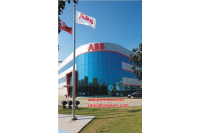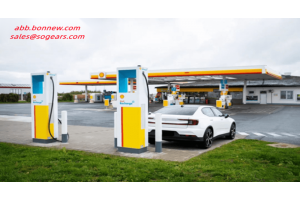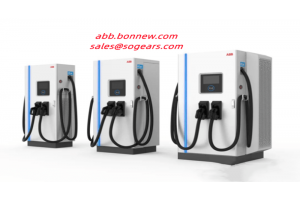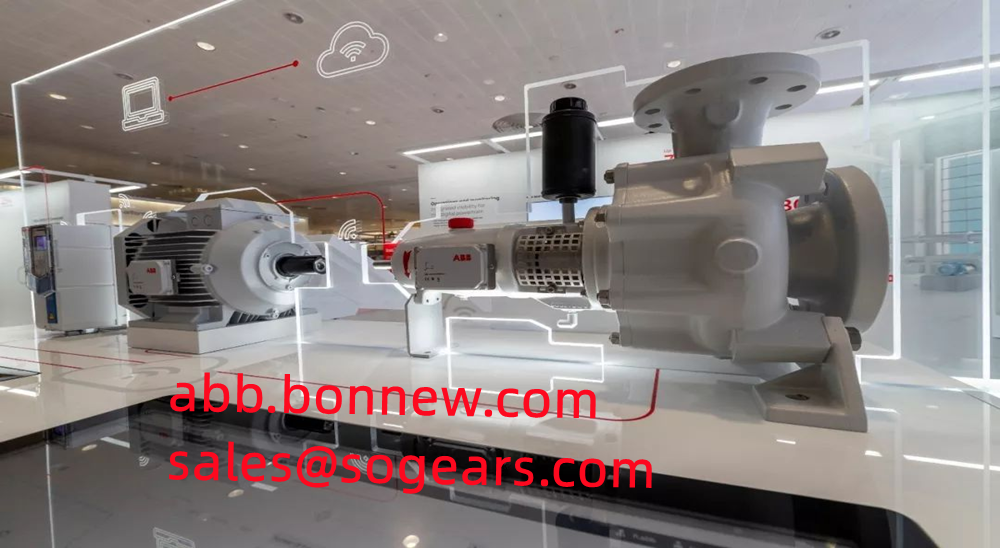
Max Luedtke, ABB’s global head of mining, predicts that four trends – remote operations and commissioning, health and safety, collaboration, and decarbonization – will be at the top of the agenda for many mining companies, OEMs, and service providers in 2022. These trends are based on electrification, digitization, and automation technologies.
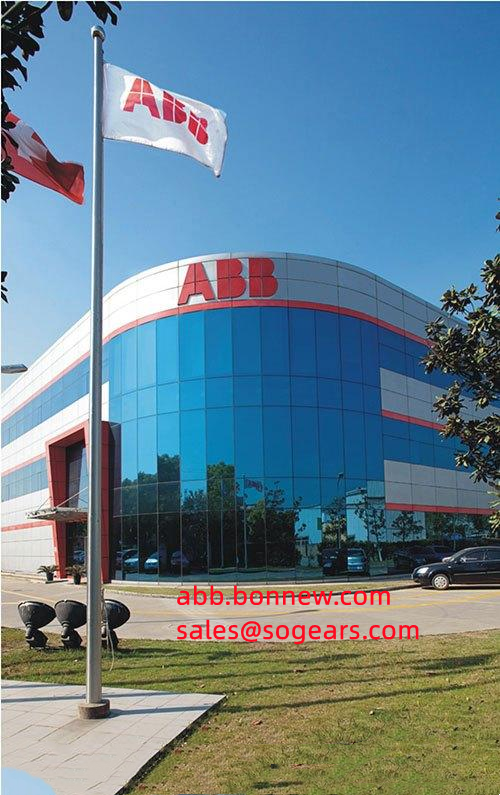
Industry 4.0, mainly manifested in artificial intelligence (AI), Industrial Internet of Things (IIoT), and data analytics, will continue to change all aspects of the mining industry, namely improving visibility throughout the production cycle, optimizing throughput, reducing downtime, and helping operators Reduce carbon footprint.
Throughout the COVID-19 pandemic, mining companies have been able to maintain production and protect workers using digital and automated tools. But as the world recovers from the COVID-19 pandemic, will remote connectivity be used less for things like factory commissioning and asset maintenance? In fact, an increase in applications seems more likely.
Possibilities of Remote Technology
Although the deployment of remote technology predates the outbreak of the new crown pneumonia epidemic in late 2019, according to relevant data, in response to the new crown pneumonia epidemic, the mining industry has achieved great strides in the application of digital technology. Remote technology is a very effective way to reduce installation time, reduce labor and equipment costs, improve response time to reduce downtime, and mitigate health and safety risks.
Here are some examples: In the first related project, the operations and execution team of ABB India conducted remote commissioning of a complete 34kA 160V DC high power rectifier for a mining and mineral processing company in the DRC.
ABB also recently partnered with a zinc mine in Kazakhstan to use Microsoft HoloLens headsets to assist with the commissioning of water cooling towers, allowing ABB’s team of experts in Spain to collaborate with customers in real-time and access on-site asset data.
This shows that companies are willing not only to adopt new technologies but also to fundamentally rethink their working methods, replacing their old practices with new, innovative ways of working.
There are also cybersecurity concerns here. Optimized connectivity enables remote commissioning, enabling communication between suppliers and customers thousands of miles away. But as connectivity improves, there is a need to protect proprietary data while harnessing the power of the cloud and data analytics. For this reason, more customers will use solutions such as ABB Ability Genix, relying on the Industrial Internet to unlock the value of data from disparate databases, thereby reducing downtime and optimizing productivity.
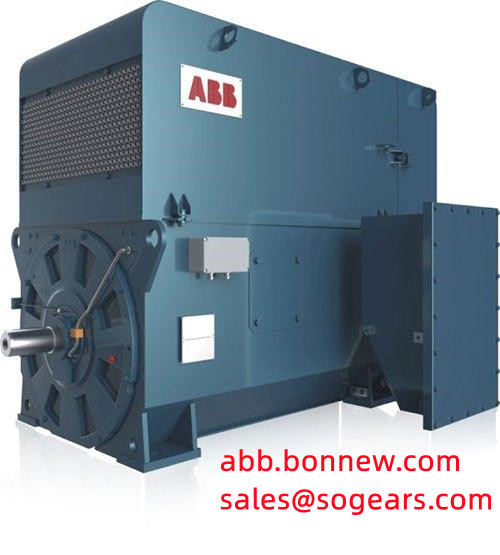
keep safety first
Health and safety remain a top priority for the mining industry, a fact confirmed by the conclusions of a recent Mining Journal Intelligence report, in which professionals and C-Suite executives from the industry’s leading mining companies identified their current and future priorities matter.
The biggest concern right now is security, in which digitization plays an important role. In open and underground operations, better connectivity equals greater safety. For example, workers are increasingly connected to a central operations center in real-time, using short-range geolocation tools managed by algorithms or integrated remote collaborative operations centers (COCs).
Mining operators can use geolocation devices in smartphones and wearables to track employees, pinpointing their location in hazardous locations or near hazardous processes (such as near vehicles).
ABB's new Grinding Connect smartphone app, part of the cloud-based ABB Ability Predictive Maintenance crushing platform, allows mining operators to check the performance of gearless mill drive systems anytime, anywhere. In addition to extending the life of crushing equipment, the mobile iOS and Android apps also improve safety by driving people away from hazardous areas.
This trend will continue, and in all areas of the underground environment, digitalization and automation solutions are protecting people from harm and making working conditions safer and more comfortable.
In northern Sweden, ABB is working with mining company Boliden and mining and infrastructure equipment manufacturer Epiroc to develop and demonstrate a rail-driven electric truck system on a test track at the Kristineberg mine. The development projects of the three companies are expected to reduce carbon dioxide emissions and improve the working environment of underground copper-zinc mines. The use of electric trucks can eliminate harmful gases in the air, while improving the driver's working environment, including reducing the impact of noise.
Cooperation is the key
The aforementioned joint ABB/Boliden/ Epiroc project touches on another major trend affecting the mining industry in 2022 and beyond – collaboration. There is a growing recognition that a single company cannot achieve industry-wide sustainability and productivity goals. Collaboration across the supply chain, especially early in the project life cycle, is not only desirable but necessary to achieve goals and KPIs.
When talking to mining clients, clients expressed a growing desire for OEMs and technology suppliers to provide not a one-off solution to an isolated problem, where one party is not responsible for the entire scope of the project, and that clients want to have a focus on key technology suppliers and A more standardized, vendor-agnostic solution established by the OEM Alliance. Each business has its own domain expertise and collaborates to develop solutions that can evolve over time and deliver real value in terms of ROI.
We think this will become the preferred working model for electrification projects, especially in the integration of mobile fleets. For example, ABB has called for greater cooperation, recently signing a memorandum of understanding with Hitachi Construction Machinery, Stäubli, MEDATech, and Liebherr Mining to explore opportunities to apply ABB’s electrification, automation, and digitalization solutions to heavy machinery.
ABB was also shortlisted for the next stage of the Charge On Innovation challenge, with founding sponsors BHP Billiton, Rio Tinto, Vale, and several leading mining companies looking for decarbonization solutions outside the mining industry. Driven by Austmine, this global collaborative initiative calls on technology innovators to develop concepts for electrification systems for large haul trucks to help the mining industry reduce diesel consumption and significantly reduce harmful emissions from open pit mining operations.
As the C-Suite List report points out, the climate challenge is a catalyst for innovation. Anglo American is developing hydrogen-fueled vehicles, Fordsko Metals is pushing for “green steel,” renewable energy facilities are emerging in remote operations, and many mining companies are working to decarbonize heavy-duty transportation. All of these programs showcase the mining industry's newfound spirit of collaboration. To this end, ABB is also working with Amazon Web Services (AWS) and MEDATech (a developer of electric vehicle drivetrains for mining) to develop digitally integrated all-electric operations for net-zero emissions mining and demonstrate the secure exchange of operational data for optimizing production.
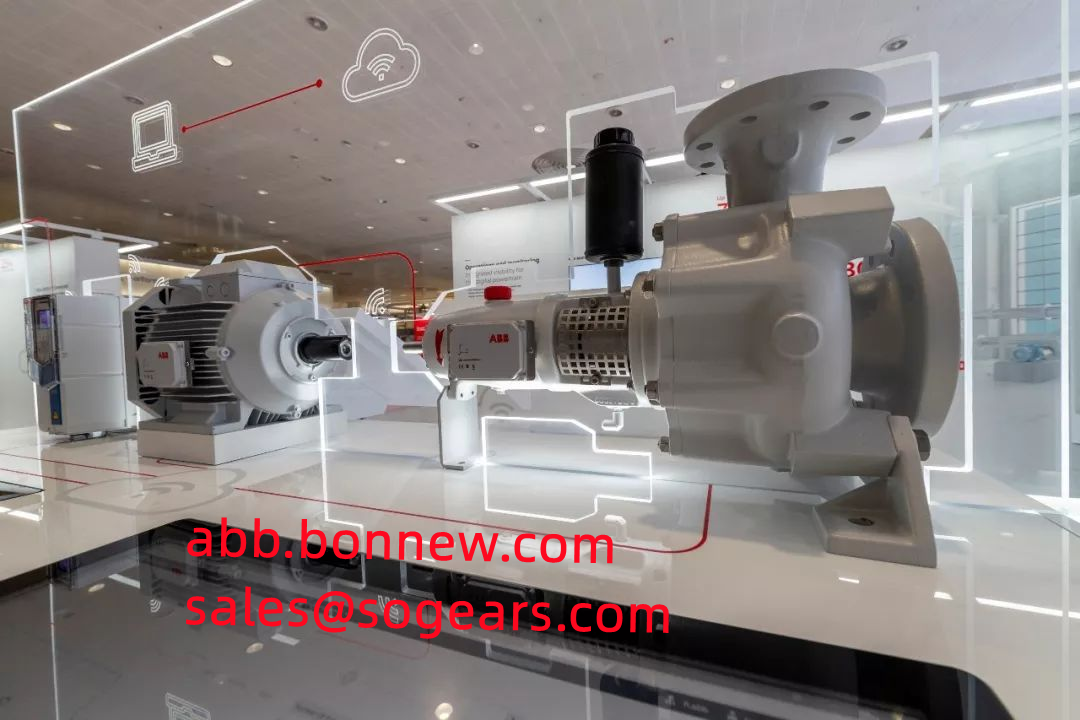
Decarbonization will continue
The same goes for sustainability. In mid-November 2021, the COP26 held in Glasgow reached an agreement with the parties of nearly 200 countries, agreeing to the "Glasgow Climate Convention", accelerating action on climate change in the past decade, and hoping to keep the global temperature rise at 1.5 ℃ within.
The mining industry plays an important role in achieving these goals and the goals of the 2015 Paris Agreement. The mining industry is responsible for about 4-7% of greenhouse gas emissions, most of which are produced by diesel trucks. In EY's "Top 10 Business Risks and Opportunities in the Mining and Metals Industry 2022" report, 8 companies listed environmental and social issues as their number one risk, which appeared for the first time in EY's annual analysis of the mining industry.
Luedtke believes that the adoption of a rail-electric drive model will facilitate decarbonization efforts, which is why at the recent MINExpo exhibition, ABB launched its ABB Ability Emine solution portfolio, in which almost every truck is equipped with tram capabilities.
Charging innovations such as ABB Ability Emine FastCharge, part of ABB Ability Eminem's new portfolio, are the only fully automatic 600 kW charging systems for mining haul trucks, enabling seamless charging of underground and open pit mines Integrated into work order planning, fast charging to maximize productivity, and digitization to optimize energy usage.
However, an important point related to the above trend that needs to be mentioned is the increased cooperation between operators, OEMs, and technology suppliers. In order for mining companies to take full advantage of technological advances, all parties must play their part. Deeper cooperation and development around green energy and value chains to ensure that the energy used for mining equipment is sustainable.
After all, more advanced charging capabilities can only work if the mine has the necessary infrastructure, vehicles, and software, and there must be a concerted effort to do so. Luedtke hopes that global initiatives such as Charge On will get all businesses, from multinational mining companies to suppliers and OEMs, committed to making it happen.
Four key trends, remote operations and commissioning, health and safety, collaboration, and decarbonization, will further propel the mining industry forward, helping the industry achieve productivity goals, remain competitive, and grow as technology evolves in 2022 and beyond.

